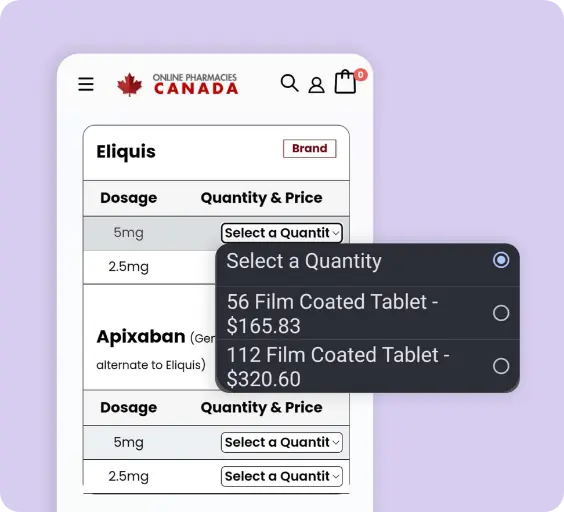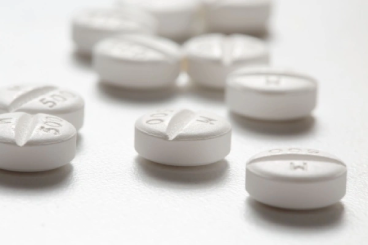Indications
Lotriderm cream is topical medication used to treat fungal skin infections, such as athlete's foot, jock itch, and ringworm. It is a combination product that contains two active ingredients: clotrimazole and betamethasone.
Clotrimazole is a broad-spectrum antifungal agent that is used to treat fungal infections of the skin, while betamethasone is a potent corticosteroid that helps to reduce inflammation and itching. Lotriderm cream is used for the treatment of various fungal skin infections that are accompanied by symptoms of inflammation, such as itching and redness. This combination cream works by treating fungal infection and reducing inflammation and itching.
Use and Dosage
To use Lotriderm cream, you should follow the instructions provided by your doctor or on the product packaging. Typically, the cream should be applied thinly and evenly to the affected area(s) of skin twice a day, in the morning and at night.
Wash your hands after applying the cream to avoid spreading the infection to other parts of your body. Do not cover the treated area with bandages or other coverings and avoid using the cream in or near the eyes. If your doctor has prescribed a different dose, do not change the way you are using the cream without consulting your doctor. You should use Lotriderm cream for the duration of time prescribed by your doctor, which is usually two weeks for tinea cruris, tinea corporis, and candidiasis, and four weeks for tinea pedis.
Use Lotriderm Cream exactly as prescribed by your doctor. If you miss a dose, apply it as soon as possible and continue with your regular schedule. If it is almost time for your next dose, skip the missed dose and continue with your regular dosing schedule. Do not apply a double dose to make up for a missed one. If you are not sure what to do after missing a dose, contact your doctor or pharmacist for advice.
Side Effects
Common Side Effects of Lotriderm Cream (Clotrimazole Betamethasone Dipropionate):
- Blistering, stinging, itching, peeling, redness, swelling, or other signs of skin irritation not present before use of this medication
- Dryness of the skin
- Excessive hair growth
- Itching skin
- Numbness of the hands and feet
- Patches of lighter skin tone
- Peeling skin
- Skin redness around the mouth
Serious Side Effects of Lotriderm Cream (Clotrimazole Betamethasone Dipropionate):
- Allergic skin reactions
- Blurred vision
- Darkening of the skin
- Dermatitis (skin inflammation) around the mouth
- Excessive hair growth
- Hives
- Inflammation of the hair follicles
- Other skin infections, thinning of the skin and red marks
- Reddish purple lines on the skin
- Skin infection
- Stretch marks
- Thinning of the skin or easy bruising
- Tingling or pins and needles sensation on the skin
Forms and Strength
Lotriderm Cream (Clotrimazole Betamethasone Dipropionate) is available in the following forms and strength:
Lotriderm Cream: Cream
- 1%/0.05%
Clotrimazole/Betamethasone Dipropionate: Cream
- 1%/0.05%
Cautions
- Individuals who have a known hypersensitivity or allergy to Clotrimazole or Betamethasone should avoid using the cream.
- Lotriderm cream should be used with caution in pregnancy and breastfeeding. It's recommended to seek advice from a doctor or nurse before using the cream in these circumstances.
- Lotriderm cream should not be used for prolonged periods in children under the age of 12 years, unless specifically indicated and under the guidance of a healthcare professional.
- Prolonged use of Lotriderm cream on large areas of skin or under occlusive dressings can result in skin thinning or stretch marks.
- Lotriderm cream should be used with caution in individuals with glaucoma or cataracts as it can increase intraocular pressure.
- Avoid using Lotriderm cream on broken or infected skin, as it can worsen the condition.
- Lotriderm cream should not be used for longer than recommended, as it can cause skin thinning and other serious side effects.
- Lotriderm cream should not be used on the face, groin, or underarms without the guidance of a healthcare professional.
- Lotriderm cream may interact with other medications, disclose all medications you are currently taking to a healthcare professional before using this cream.
- Use caution when applying Lotriderm cream around the eyes, as it can cause irritation and other serious side effects if it comes into contact with the eyes.
Frequently Asked Questions (FAQ)
Can Lotriderm Cream be used for children?
Lotriderm cream should not be used for prolonged periods in children under 12 years of age, unless specifically indicated by a healthcare professional.
How often should I apply Lotriderm Cream?
You should apply Lotriderm Cream twice daily, once in the morning and once at night.
Can Lotriderm Cream be used on the face?
No, Lotriderm Cream is not recommended for use on the face. It should only be used on the body, as directed by your doctor.
How long does it take for Lotriderm Cream to work?
Lotriderm Cream usually starts to improve symptoms within a few days of starting treatment. However, you should continue to use it for the full course of treatment, as directed by your doctor.














REVIEWS